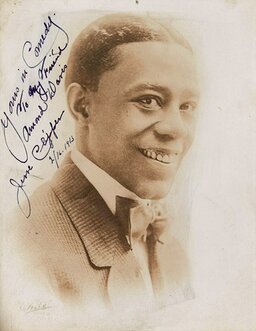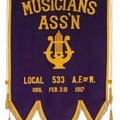Well-known vaudeville star Jesse Clipper became the first African American soldier from Buffalo to succumb to injuries sustained in World War I.
Jesse Wallace Clipper: The Soldier and the Man
The full content is available in the Winter 2022 Issue, or online with the purchase of:
If you have already purchased the product above, you can Sign In to access it.
Related Content








